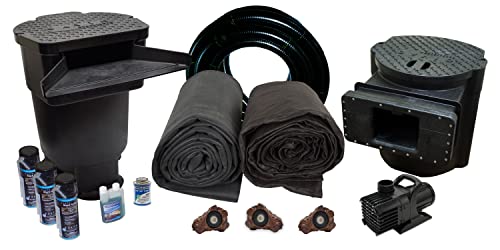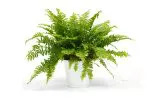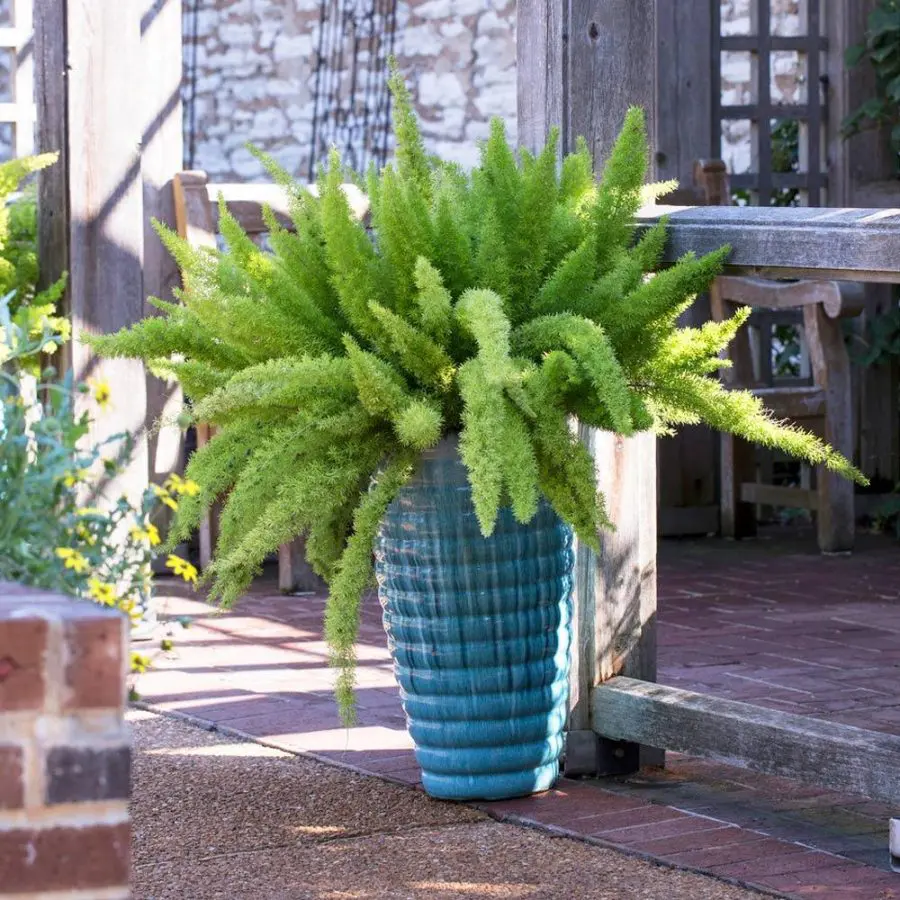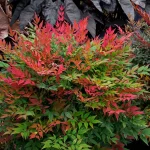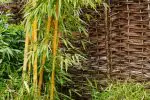This post contains affiliate links. If you buy something from one of our links we may earn a commission. Thanks

Get ready to relax and unwind in your own backyard oasis! Our tips for enjoying your own backyard fish pond will have you hooked on the tranquility.
Enjoy your backyard fish pond by ensuring a balanced ecosystem. Regular maintenance, including monitoring water quality, removing debris, and caring for pond plants and fish, is essential. A well-kept pond enhances your outdoor space, providing a tranquil retreat and a habitat for local wildlife.
There’s nothing quite like having your own backyard fish pond. Whether you’re looking for a peaceful retreat or a lively gathering spot, our tips for enjoying your own backyard fish pond will help you make the most of your aquatic oasis. So, dive in with us and discover the magic of pond life!
Do you love spending time outdoors? Are you looking for a way to get closer to nature? If so, then it’s time for you to start enjoying your own backyard fish pond.
Fish ponds are a great way to relax and escape the hustle and bustle of everyday life.
In this blog post, we will discuss the benefits of owning a backyard fish pond and provide tips on how to get started.
It’s Time To Start Enjoying Your Own Backyard Fish Pond
Many homeowners enjoy having their own backyard fish pond.
They’re visually appealing, and the sound of running water is both soothing and helps mask street traffic and other noise.
A popular choice for many individuals is a water garden with some goldfish in it.
For homeowners with a bit more ambition and enough space, a koi pond is a truly attractive water feature.
With a little basic information, any homeowner can properly plan and maintain a backyard water garden.
There are many benefits to owning a backyard fish pond. Fish ponds provide a place for you to unwind and enjoy the beauty of nature.
They can also increase the value of your home and provide a place for you to entertain guests.
Additionally, fish ponds can help to attract wildlife to your property, such as birds and butterflies, which can be beneficial if you are an avid birdwatcher or gardener.
Backyard Pond Ideas Getting Started
If you are interested in adding koi or goldfish to a fish pond in your backyard, there are a few things you will need to know before getting started.
Koi can be found in a range of colors and patterns, and are classified through their Japanese names.
They can grow to over three feet long and can weigh 35 pounds.
Koi require very good water quality to stay healthy. They should be kept within large ponds at least 4 feet deep with an efficient pond filtration system.
Properly cared for koi fish can easily live for 30 years or more.
Goldfish are the most common type for backyard fish ponds. They are much less demanding and less expensive than koi and much easier to maintain.
Goldfish are suitable for any size pond. They come in many varieties and colors.
A couple of popular forms of goldfish would be the comet and the fantail.
Some goldfish are capable of getting 12 inches or more if given enough space in the pond.
So if you are considering building a pond and adding fish it will be important to decide what kind of fish you want to keep because that can affect the size and depth of the pond you build.
Goldfish Or Koi?
Water gardens should have plants covering about 50-75% of the water surface.
Water lilies are the most common but there are water hyacinths and other floating plants worth considering.
They offer hiding places for your fish if predators should show up. More on that later.
A backyard koi pond will require a pond pump and filter system to maintain good water quality.
Goldfish can get by without this provided the amount of fish is limited, as too many will foul the water.
But even they will do better with moving water and a filtration system.
And by adding a pump you will be able to enjoy a waterfall or fountain as a bonus.
Goldfish can handle an unfiltered pond if not overstocked but koi can not.
So goldfish will do fine in a koi pond but koi fish won’t do so well in a shallow goldfish pond.
My advice is to plan on adding a filtration system. Keeping fish can be addicting and you may start with goldfish but decide you want to keep koi.
A filtration system will make keeping your pond clean much easier. Consider using a pond kit to build your pond.
Backyard Pond Kits
A backyard pond kit is a great way to get started on your fish pond project. These kits come with everything you need to get started.
Get Started With A Koi Pond Kit
Savio makes great stuff. I use their skimmer and waterfall in my pond. This kit is good for 1000-1800 gallon koi fish ponds. More sizes are available on Amazon.
They include the liner, pump, and filter and many include a waterfall.
They also include instructions on how to properly install and maintain your pond.
Pond kits make it easy to add a pond to your yard, and they come in a variety of sizes and styles to suit any space.
Before you purchase a pond kit, think about the size of your pond and how much maintenance you are willing to do.
Once you have considered these factors, you will be able to find the perfect backyard pond kit for your home.
When choosing a backyard pond kit, it is important to select one that is sized appropriately for your needs.
It’s a good idea to measure the area your pond will go. Square or rectangular ponds are easiest to lay out and will use less liner.
If you are building an irregularly shaped pond a footprint shape works well. You can lay the space out with a rope.
You will want to estimate the number of gallons it will hold. You will also need to estimate the size of your liner. Calculate your pond size in gallons
For the pond liner, you want to measure both ways across the widest and longest points and add wall height plus 2 feet to that.
Go Deep If You Can’t Go Wide
One thing not often mentioned is pond depth. If you want to keep koi but have limited space you can go deep instead of wide.
4 feet is the minimum for koi but you could go 6 feet deep or more. Just be careful and fence the pond if children are present.
Get Started With A Koi Pond Kit
A pond kit puts everything you need in one place. It is engineered to work with the kit size you buy and it is usually cheaper than buying everything separately.
Savio makes great stuff. I use their skimmer and waterfall in my pond. This kit is good for 1000-1800 gallon koi fish ponds.
It includes a skimmer to remove surface debris and a waterfall. More sizes are available on Amazon.
You will need to choose a location for your pond. It is important to choose a spot that receives plenty of sunlight and is not too close to trees or other structures that could shade and drop their leaves in the pond. Before you pick up a shovel read this:
Can You Dig It?
Things to think about before digging are the location of any buried utility lines in your yard.
Don’t assume, check before you dig. Also, do you have a septic tank and drain field and know where they are?
You can dig it manually. It’s a lot of work but that’s how I built my koi pond.

You could also hire or rent a backhoe to do it. Either way, you will need to deal with the fill dirt.
A lot of it will be subsoil and not really good for plants. I used mine to berm my walls and stabilize them and fill in low spots in my yard.
Once you have chosen a location, you will need to excavate the area and line it with a waterproof liner.
You can then fill the pond with water and add plants or other decorations as desired.
Don’t Add Fish- Your Pond Needs to Cycle First!
If you are interested in keeping fish in your pond, there are a few additional things you will need to do in order to create a healthy environment for them.
Before you buy any fish your pond needs to go through the nitrogen cycle. Otherwise, you may end up with new pond syndrome.
This process can take a couple of weeks or a couple of months every pond is different.
You can test your water with a kit that measures ammonia, nitrite, and nitrate. When nitrates go to zero you are ready to add fish.
First, you will need to choose the right type of fish for your pond size.
Second, you will need to provide them with a proper diet and care for them on a regular basis.
Third, you should install a filtration system to keep the water clean and free of toxins.
Adding a fish pond to your backyard can be a great way to enhance your property and create a relaxing oasis.
With a little planning and effort, you can create a beautiful and functional pond that will provide years of enjoyment.
Feed Less In The Fall
As the weather cools, a fish’s metabolism slows. They must be fed less, usually two or three times per week.
Once the water drops into the 50-degree range fish will have little appetite and go semi-dormant until the water warms again.
They should not be fed again until they become active again in the spring. Then feed daily.
Backyard Pond Ideas With A Waterfall
One of the best ways to add more interest to your yard is to install a backyard pond with a waterfall.
Waterfalls are not only beautiful, but they can also provide many benefits for your fish.
Waterfalls help to aerate the water and keep it clean. They also make a great place for your fish to hide and spawn.
When choosing a location for your waterfall, it is important to choose an area that receives plenty of sunlight.
You will also want to avoid placing the waterfall too close to trees or other structures that could shade the pond.
All the kits we recommend are pond kits that include a waterfall. I use mine to help filter my water by placing filter pads inside it.
Place Waterfall And Skimmer On Opposite Ends
Place your skimmer and waterfall on opposite ends of the pond. This will help create water flow.
The waterfall will push any floating leaves or debris toward the skimmer for removal.
You would be amazed what the wind can blow into a pond. Check your skimmer basket regularly and empty it.
Predator Control
There are critters out there that consider your fish a tasty morsel. You probably heard the expression “as easy as shooting fish in a barrel.”
Well to a raccoon or a heron that’s how they look at your pond. Your job is to make it more difficult for them.
While you might not miss a goldfish or two losing a koi fish to predators is both heartbreaking and expensive.
Possible predators are herons, owls, hawks, and raccoons. Netting is one way to keep predators out of ponds, although some homeowners dislike the look of it.
Koi ponds should be deep with straight sides which will in itself deter predators because they don’t want to swim for their food.
Try not to provide perching places for them and provide hiding places for the fish.
Enjoying Your Own Backyard Fish Pond FAQ
Q: What are some ways to enhance the aesthetics of my backyard fish pond?
A: Adding plants like water lilies or floating hyacinths can provide color and texture to your pond while also helping to filter the water.
You can also consider adding rocks or other natural elements around the pond to create a more naturalistic look.
Q: How do I maintain the water quality in my backyard fish pond?
A: Regular maintenance is key to keeping your pond water healthy and clear. This includes removing debris, cleaning filters, and monitoring water chemistry.
It’s also important to avoid overfeeding your fish and to keep a proper balance of fish-to-water volume.
Q: What types of fish are best suited for a backyard pond?
A: Common fish for backyard ponds include koi, goldfish, and minnows. When selecting fish, consider the size of your pond and how many fish it can support.
It’s also important to choose fish that are well-suited to your climate and to provide adequate shelter and hiding places for them.
Backyard Fish Pond FAQs
Backyard fish ponds have been a timeless addition to many homes, offering a slice of nature’s serenity right outside your door.
Whether it’s the gentle ripple of water or the graceful dance of Koi fish, there’s a soothing ambiance a pond brings.
However, to keep this serene picture perfect, there are common questions and concerns that pond owners and enthusiasts often have.
Here, we’ve addressed some of these frequent inquiries to help you maintain a picturesque pond.
Q. What is the ideal water temperature for a fish pond?
A. The optimal water temperature for a fish pond ranges between 60-78 degrees Fahrenheit. However, the precise temperature might vary based on the fish species inhabiting the pond.
Q. How often should I clean my fish pond?
A. It’s advisable to conduct a partial water change and remove debris from your pond at least once every two weeks. A thorough cleaning should be done at least once a year, preferably in the spring.
Q. What type of plants are suitable for a backyard pond?
A. Aquatic plants like water lilies, lotus, and iris are excellent choices as they provide shade, oxygen, and even food for your fish, creating a balanced ecosystem in your pond.
Q. How can I control algae growth in my pond?
A. Algae growth can be controlled by reducing excess nutrients in the water through regular cleaning, adding beneficial bacteria, and incorporating aquatic plants that compete with algae for nutrients.
Enjoying Your Own Backyard Fish Pond Final Thoughts
A backyard pond can be a beautiful and peaceful addition to your home.
It can provide a place for wildlife to drink and bathe, and it can be a lovely spot to relax and watch the world go by.
If you’re thinking of adding a pond to your backyard, you’ll need to do some careful planning.
• First, you’ll need to consider the size and shape of your pond.
• You’ll need to choose the right location.
• You’ll need to decide whether you want a preformed pond or a DIY pond kit.
• If you go the DIY route, you’ll also need to choose whether or not you want a waterfall feature.
Waterfalls can add a spectacular element to your pond, but they also require more work to set up.
No matter what type of pond you choose, though, the end result will be worth it. A backyard pond is an oasis in the midst of your busy life, and it’s sure to bring you hours of enjoyment.
Maintaining backyard fish ponds with koi and other pond fish is really a growing passion and one you are sure to enjoy.
Read more: Water Gardening for Beginners: 11 Tips For Successful Water Gardens

